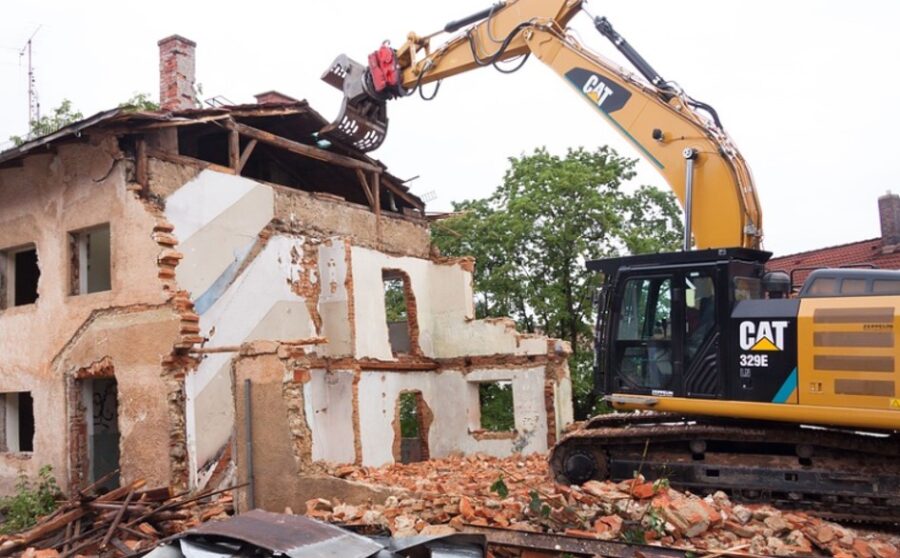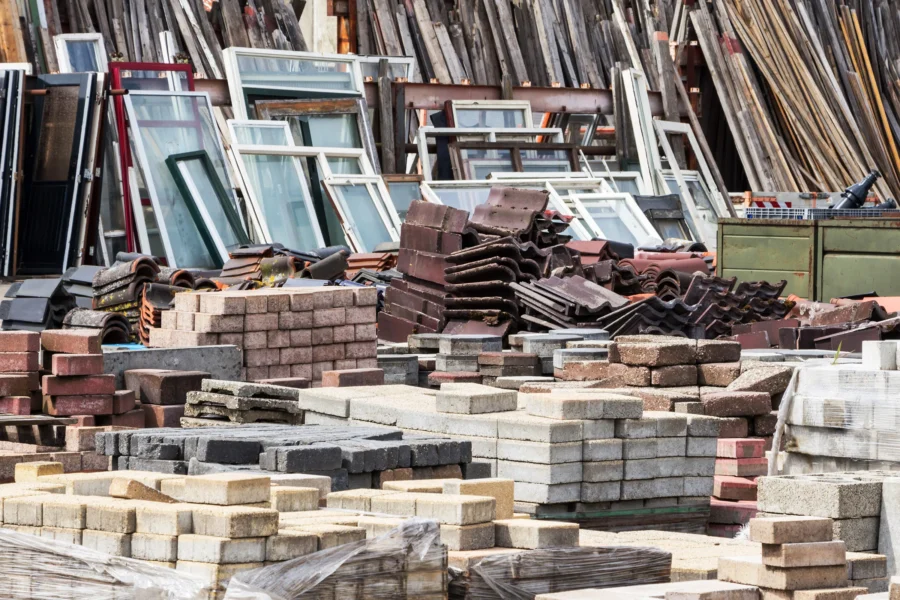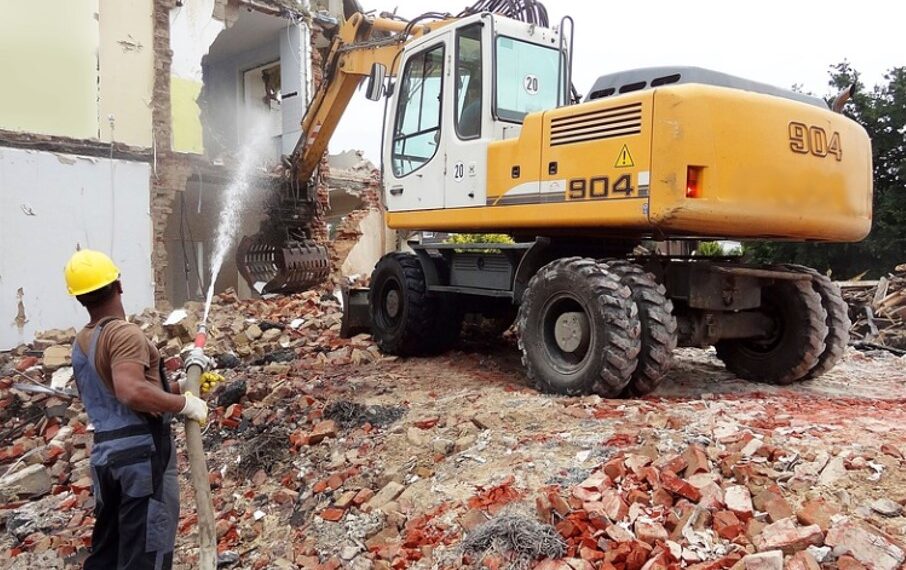Establish a clear plan and timeline for the demolition project with the relevant parties.
The construction demolition safety checklist is a great tool to use when performing either construction or demolition tasks. It helps to ensure that workers are aware of potential hazards and know how to avoid them. It is also a good reminder to stay aware of one’s surroundings and to be cautious when working around heavy machinery or in areas where there is a potential for falling debris. By following the safety checklist, construction and demolition workers can help to keep themselves and those around them safe. If you need demolition help, choose Construction Safety Shop for demolition SWMS.
Perform a site assessment to identify any potential hazards.
When it comes to safety, performing a site assessment is always the first step. By identifying potential hazards, you can help create a safe environment for everyone.
Many potential hazards can be found on a construction site. Some of the most common include:
- Excavation – Unstable excavations can pose a serious threat to workers. Always make sure the area is properly shored up before starting work.
- Heavy Equipment – Moving heavy equipment can create a lot of noise and dust. Be sure to wear proper hearing and respiratory protection.
- Falling Objects – Tools, debris, and even parts of the structure itself can fall and injure workers below. Always be aware of your surroundings and wear a hard hat when necessary.
- Chemical Hazards – Chemicals used on the job site can be dangerous if not used properly. Be sure to read all labels and follow the manufacturer’s instructions.
- Electrical Hazards – Exposed electrical wires can create a shock hazard. Be sure to keep all electrical equipment in good working order and away from wet areas.
By taking the time to assess the job site for potential hazards, you can help keep everyone safe.
Create a safety plan that outlines the procedures to be followed during the demolition process
When it comes to demolishing a building, safety is of the utmost importance. Several potential hazards can occur during the demolition process, so it is crucial to have a safety plan in place that outlines the procedures to be followed.
One of the first steps in the demolition process is to conduct a thorough hazard assessment of the site. This will identify any potential risks that need to be taken into account. Once the hazards have been identified, measures can be put in place to control them. For example, if there is a risk of falling debris, appropriate barriers and signage should be put in place to protect pedestrians and other workers in the vicinity.
The next step is to develop a demolition plan. This should be done in consultation with the demolition contractor and other relevant parties. The plan should take into account the hazards identified in the hazard assessment and outline the steps that will be taken to control them. It is also important to consider the sequence of events during the demolition process and how this might impact safety. For example, if certain parts of the building need to be demolished first to make the rest of the process safe, this should be clearly stated in the plan.
Train all workers on the safety procedures to be followed during the demolition project

When it comes to demolition, safety is always the number one priority. All workers on the demolition project should be properly trained on the safety procedures to be followed.
Some of the safety procedures that workers should be trained on include:
- Wearing the proper Personal Protective Equipment (PPE) at all times
- Knowing how to properly use all of the equipment
- Knowing the proper procedures for handling and disposing of debris
- Following all traffic safety rules and regulations
- Keeping the work area clean and organized
By following these safety procedures, workers can help to prevent injuries and accidents on the job site.
Conduct regular safety inspections of the work site during the demolition project.
As the demolition project progresses, safety inspections of the work site should be conducted regularly. These inspections should be conducted by a qualified individual, such as a safety officer, and should include a review of the work site layout, the work being conducted, and the equipment being used. Any potential hazards should be identified and corrective action is taken if necessary. These inspections will help to ensure a safe work environment for all involved in the demolition project.
Dispose of all debris and waste materials safely and responsibly

When it comes to waste disposal, it is important to do so safely and responsibly. This means disposing of all debris and waste materials in a way that will not harm the environment or pose a risk to human health.
There are several ways to safely and responsibly dispose of waste materials. One option is to recycle the materials. This can be done by taking them to a local recycling center or by using a home recycling kit.
Another option is to compost the materials. This can be done by placing them in a compost bin or pile. The materials will then break down over time and can be used as fertilizer for gardens or other plants.
Finally, another option for disposing of waste materials is to simply throw them away. However, it is important to make sure that the materials are placed in a trash can or dumpster that is designated for garbage. Additionally, it is important to avoid dumping materials in locations where they could potentially contaminate water supplies or pose a risk to animals or humans.
By following these guidelines, you can help to ensure that all waste materials are disposed of safely and responsibly.
Conduct a final safety inspection of the work site after the demolition project is completed
After a demolition project is completed, it is important to conduct a final safety inspection of the work site. This inspection should ensure that all debris has been removed, that the site is safe for workers and the public, and that the site is ready for the next phase of construction.





